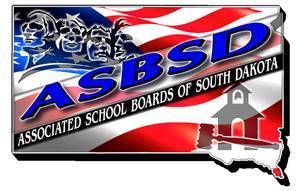Discussion about capital outlay got in-depth for the first time during the legislative interim.
The legislative planning committee – charged with completing a long-term study of K-12 education and its funding components – and the Agricultural Land Assessment Task Force heard presentations on capital outlay at their latest meetings in July. S.D. Division of Property and Special Taxes Director Michael Houdyshell reviewed the same information on capital outlay for both interim groups.
Houdyshell said there’s a “direct correlation” between the increased revenue collected from the capital outlay levy of school districts and the increase in ag land valuation.
Since 2003, Houdyshell said ag land valuation has averaged a 6.4 percent increase with capital outlay revenue growing at an annual average of 6.5 percent. During that same time, other property taxes (commercial and owner occupied) have averaged a 4.1 percent increase.
Revenue growth hasn’t necessarily meant school districts are enacting higher levies, however.
Houdyshell pointed out that 40 school districts – less than a third of the state’s total districts – tax the capital outlay at its maximum levy of $3 per $1,000 of valuation. Sixty-five districts levied at $2.00 or more and 46 under $2.00.
Districts are limited on the amount of revenue they can generate from the capital outlay levy if land valuation in their home county does not increase by more than 10 percent in a year.
“Maybe this (limit) sets up some inequities,” Houdyshell told members of the Ag Land Task Force, adding that there are concerns about the revenue disparity. He noted that 89 of the 151 districts are limited by the valuation stipulation imposed by legislation passed in 2008.
Director of Policy and Communication for the Governor’s Office Tony Venhuizen testified before the task force that the Governor’s office has established a workgroup to study the capital outlay disparity issue, among others. ASBSD Executive Director Wade Pogany is a member of the work group.
Venhuizen also said the flexibility allowed by law for capital outlay funds to cover the cost of certain general fund expenditures is being studied, as well.
House Bill 1001 called for a gradual reduction over a four-year period of the percentage of capital outlay funds that school districts could utilize as part of the flexibility provision, which was extended by the legislature through 2018 a year earlier. The bill was defeated. ASBSD opposed the bill.
For updates from both interim groups, check the ASBSD Blog and follow ASBSD on Twitter @asbsd_org.
